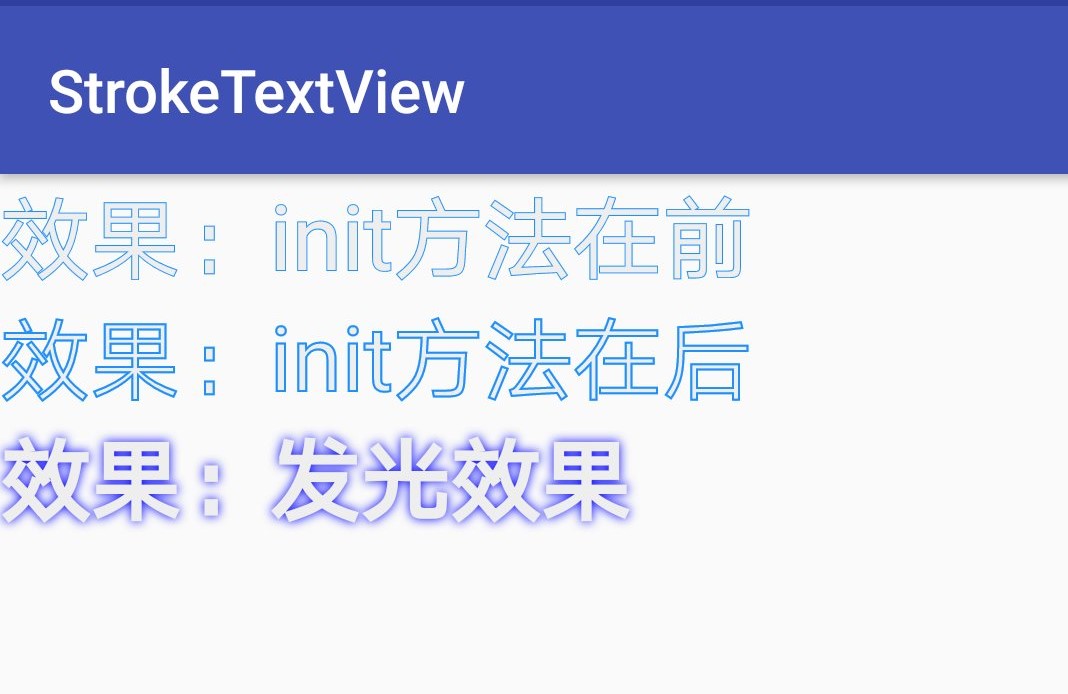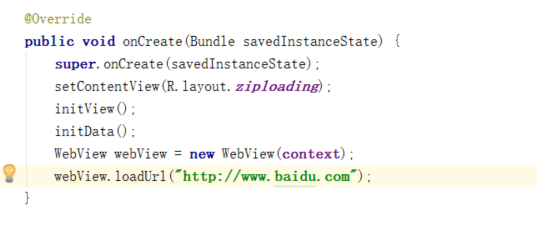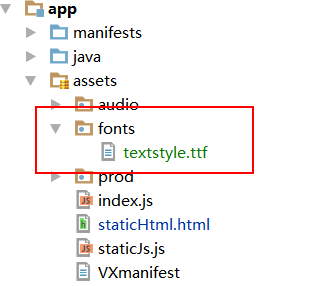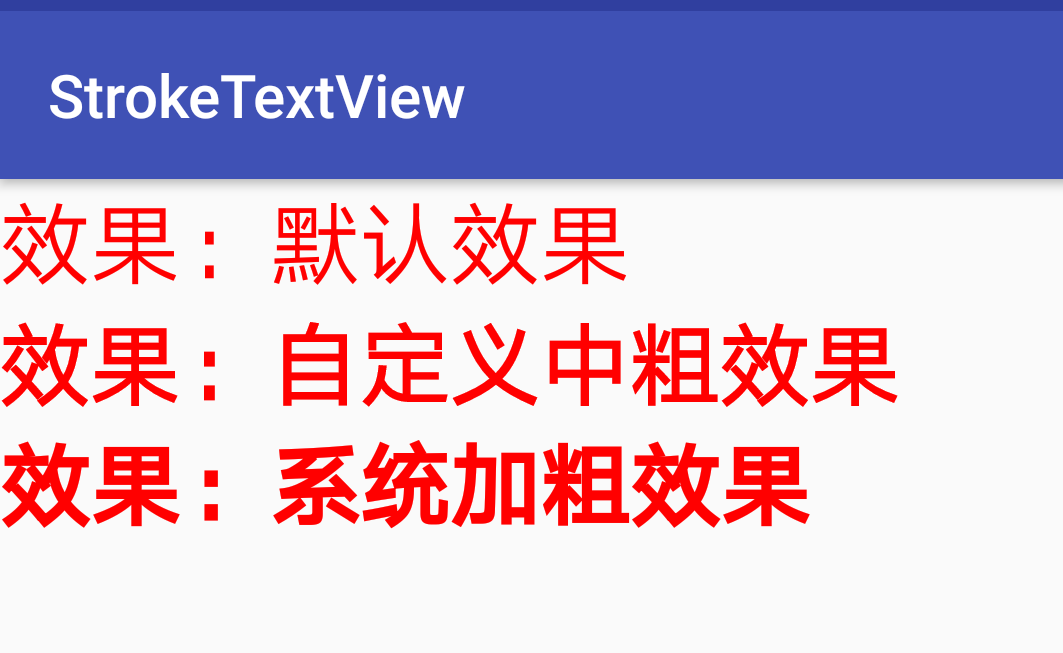在我的应用程序中,我有一个带有图像按钮的滑动抽屉,点击它将显示图像描述和信息.所以基本上我只使用一个
XML文件和一个
Java文件. (但是我注意到,添加更多的图像按钮和法师来显示它需要一段时间才能加载).而现在,由于API 17是不屑一顾的,滑动式抽屉让我有点担心未来的应用程序下载.现在我的问题是,是否有一种替代方法来实现这一点,而不使用滑动抽屉或旋转器.我真的不想为每个图像创建一个xml和java文件(我将最终得到100 xml和java的)
这是我现在的代码.
这是我现在的代码.
XML:
<RelativeLayout xmlns:android="http://schemas.android.com/apk/res/android"
xmlns:tools="http://schemas.android.com/tools"
android:layout_width="match_parent"
android:layout_height="match_parent">
<ScrollView
android:layout_width="wrap_content"
android:layout_height="wrap_content">
<RelativeLayout
android:layout_width="wrap_content"
android:layout_height="wrap_content">
<ImageView
android:id="@+id/iM1"
android:layout_width="wrap_content"
android:layout_height="wrap_content"
android:scaleType="fitStart"
android:adjustViewBounds="true"/>
</RelativeLayout>
</ScrollView>
<SlidingDrawer
android:id="@+id/sD1"
android:layout_width="fill_parent"
android:layout_height="fill_parent"
android:layout_alignParentTop="true"
android:layout_centerHorizontal="true"
android:content="@+id/content"
android:handle="@+id/handle">
<Button
android:id="@+id/handle"
android:layout_width="wrap_content"
android:layout_height="wrap_content"
android:background="@drawable/icon_1" />
<RelativeLayout
android:id="@+id/content"
android:layout_width="match_parent"
android:layout_height="match_parent"
android:background="@drawable/icon_background1">
<ScrollView
android:layout_width="match_parent"
android:layout_height="match_parent" >
<RelativeLayout
android:layout_width="fill_parent"
android:layout_height="fill_parent" >
<Button
android:id="@+id/asample"
android:layout_width="wrap_content"
android:layout_height="wrap_content"
android:background="@drawable/imageicon1"/>
.....
和Java:
@Override
public void onCreate(Bundle savedInstanceState) {
super.onCreate(savedInstanceState);
requestwindowFeature(Window.FEATURE_NO_TITLE);
this.getwindow().setFlags(WindowManager.LayoutParams.FLAG_FULLSCREEN,WindowManager.LayoutParams.FLAG_FULLSCREEN);
setContentView(R.layout.campsites);
setRequestedOrientation(ActivityInfo.SCREEN_ORIENTATION_PORTRAIT);
final SlidingDrawer slider = (SlidingDrawer) findViewById(R.id.sD1);
final ImageView imageView = (ImageView) findViewById(R.id.iM1);
slider.animateopen();
Button next = (Button) findViewById(R.id.asample);
Button next1 = (Button) findViewById(R.id.bsample);
..........
next.setonClickListener(new View.OnClickListener() {
public void onClick(View view) {
imageView.setimageDrawable(getResources().getDrawable(R.drawable.asample));
slider.animateClose();
}
});
next1.setonClickListener(new View.OnClickListener() {
public void onClick(View view) {
imageView.setimageDrawable(getResources().getDrawable(R.drawable.bsample));
slider.animateClose();
}
});
............
任何人都可以帮忙或者提出怎样的建议?
解决方法
这是从左边的SlidingDrawer,是否正确?如果是这样,你可以看看
DrawerLayout.
这是Android支持库的一部分,您应该可以用相对简单的方式替换您的XML,并向后兼容API4
<android.support.v4.widget.DrawerLayout
xmlns:android="http://schemas.android.com/apk/res/android"
android:id="@+id/drawer_layout"
android:layout_width="match_parent"
android:layout_height="match_parent">
<!-- The main content view -->
<FrameLayout
android:id="@+id/content_frame"
android:layout_width="match_parent"
android:layout_height="match_parent" />
<!-- The navigation drawer -->
<ListView android:id="@+id/left_drawer"
android:layout_width="240dp"
android:layout_height="match_parent"
android:layout_gravity="start"
android:choiceMode="singleChoice"
android:divider="@android:color/transparent"
android:dividerHeight="0dp"
android:background="#111"/>
</android.support.v4.widget.DrawerLayout>
该页面的一些注释
This layout demonstrates some important layout characteristics:
- The main content view (the FrameLayout above) must be the first child in the DrawerLayout because the XML order implies z-ordering and
the drawer must be on top of the content. The main content view is set
to match the parent view’s width and height,because it represents the
entire UI when the navigation drawer is hidden.- The drawer view (the ListView) must specify its horizontal gravity with the android:layout_gravity attribute. To support right-to-left
(RTL) languages,specify the value with “start” instead of “left” (so
the drawer appears on the right when the layout is RTL).- The drawer view specifies its width in dp units and the height matches the parent view. The drawer width should be no more than 320dp
so the user can always see a portion of the main content.
大多数的区别是,DrawerLayout是顶级的,你把XML放在它里面.所以这样的东西(完全未经测试):
<android.support.v4.widget.DrawerLayout
xmlns:android="http://schemas.android.com/apk/res/android"
android:id="@+id/drawer_layout"
android:layout_width="match_parent"
android:layout_height="match_parent">
<!-- your content surrounded by a layout to signify that it's actually content -->
<RelativeLayout
android:layout_width="match_parent"
android:layout_height="match_parent">
<ScrollView
android:layout_width="wrap_content"
android:layout_height="wrap_content">
<RelativeLayout
android:layout_width="wrap_content"
android:layout_height="wrap_content">
<ImageView
android:id="@+id/iM1"
android:layout_width="wrap_content"
android:layout_height="wrap_content"
android:scaleType="fitStart"
android:adjustViewBounds="true"/>
</RelativeLayout>
</ScrollView>
</RelativeLayout>
<!-- your sliding menu in its own layout -->
<LinearLayout
android:layout_gravity="start"
android:layout_width="240dp"
android:layout_height="wrap_content">
<Button
android:id="@+id/handle"
android:layout_width="wrap_content"
android:layout_height="wrap_content"
android:background="@drawable/icon_1" />
<RelativeLayout
android:id="@+id/content"
android:layout_width="match_parent"
android:layout_height="match_parent"
android:background="@drawable/icon_background1">
<ScrollView
android:layout_width="match_parent"
android:layout_height="match_parent" >
<RelativeLayout
android:layout_width="fill_parent"
android:layout_height="fill_parent" >
<Button
android:id="@+id/asample"
android:layout_width="wrap_content"
android:layout_height="wrap_content"
android:background="@drawable/imageicon1"/>
.....
</LinearLayout>
</android.support.v4.widget.DrawerLayout>






